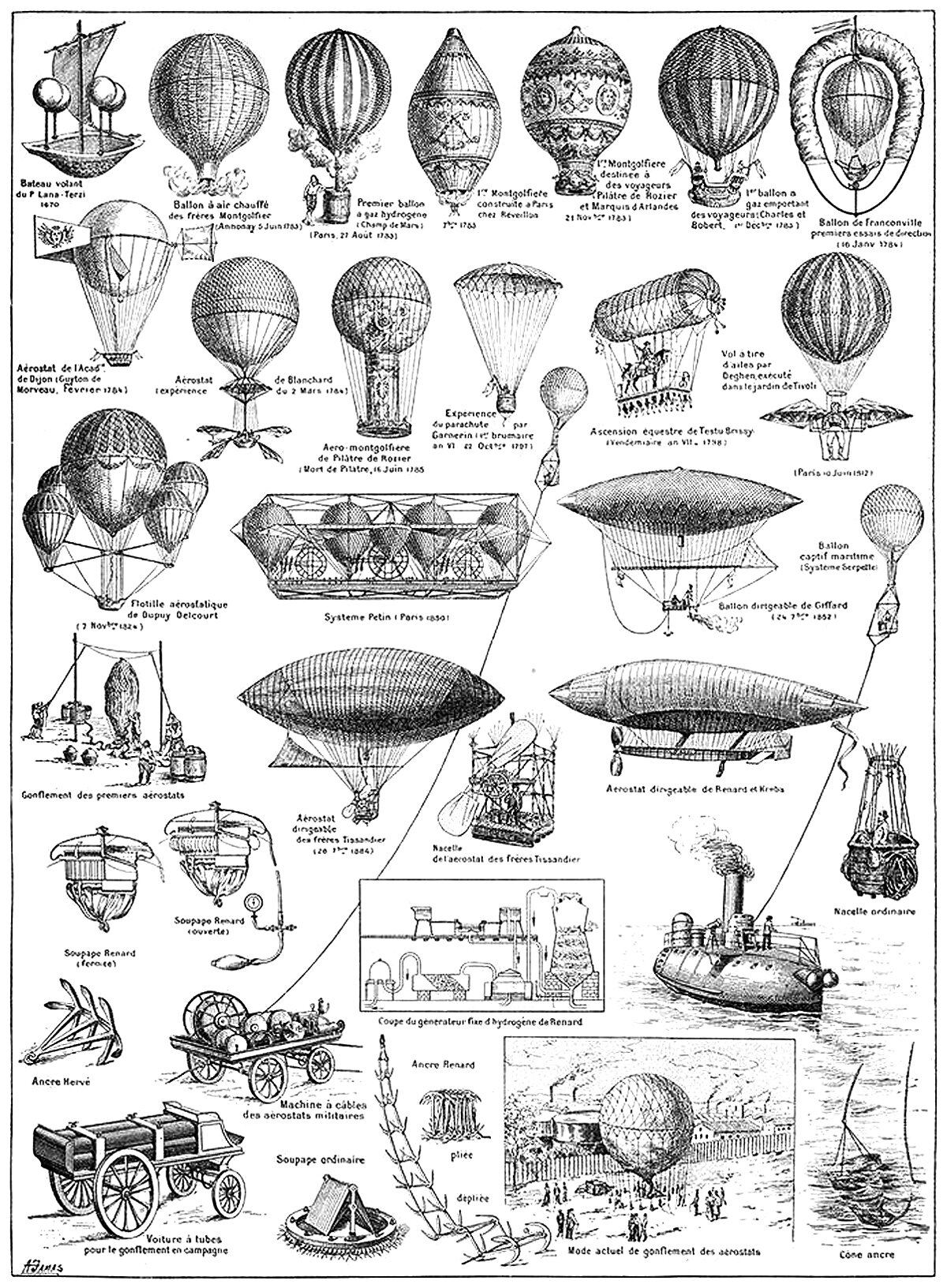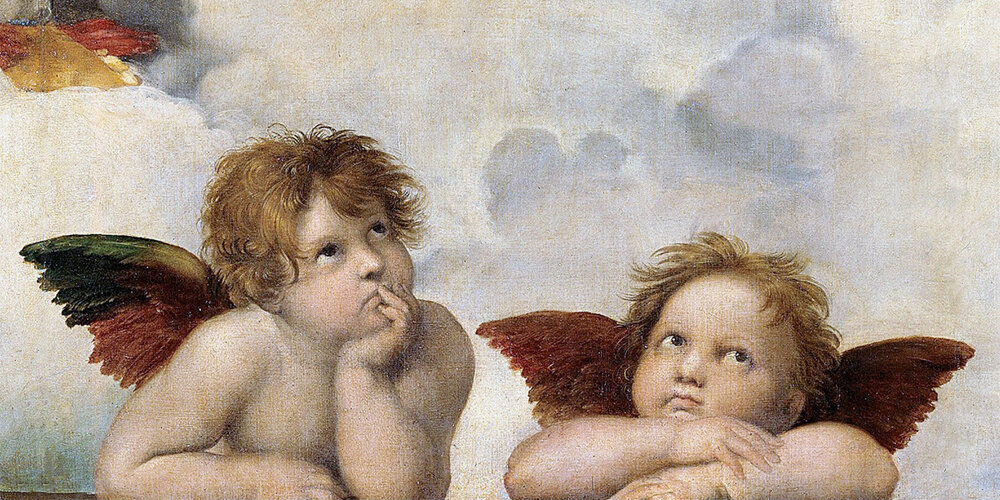Welcome to On Verticality. This blog explores the innate human need to escape the surface of the earth, and our struggles to do so throughout history. If you’re new here, a good place to start is the Theory of Verticality section or the Introduction to Verticality. If you want to receive updates on what’s new with the blog, you can use the Subscribe page to sign up. Thanks for visiting!
Click to filter posts by the three main subjects for the blog : Architecture, Flight and Mountains.

Those Wacky Victorian Flying Machines
Throughout my research into the history of flight and flying machines, I’ve come across a few examples that I cannot find any description or context for. I’m calling them Victorian because they’re illustrated in a similar style to that time period, but I’ve been unable to date them with any certainty. If anyone has any information about these contraptions or their creators, please let me know!

A Suggestion for a Flying Machine
The above illustration appeared in an 1877 issue of The Graphic, with the simple headline “A Suggestion for a Flying Machine”. Without any context or description, we can only take the image at face value. The machine seems to be lifted by a group of balloons placed centrally between two large wings, and the pilot dangles from a pole at the center of it all. Said pole has a tail behind it, and the pilot’s arms and legs control the tail and the wings, respectively.

Henson & Stringfellow’s Aerial Steam Carriage
This is the Aerial Steam Carriage, patented in 1842 by William Samuel Henson and John Stringfellow. It’s a monoplane that marked a transition from gliders to self-powered machines in the human quest for flight. It’s hard to tell from the picture, but the design is quite large, with a 45 meter (150 foot) wingspan, and it weighed around 1,400 kg (3,000 pounds). Henson and Stringfellow designed the Carriage to transport 10-12 passengers, but it would’ve been too heavy to fly with the steam engine they specified.

Leonardo da Vinci’s Saint John the Baptist
This is Leonardo da Vinci’s painting Saint John the Baptist, painted near the end of da Vinci’s life and career, sometime around 1515. It shows the saint, dimly lit against a dark background and gesturing with his right hand up to the sky. His upward gesture is the focus of the work, since his arm is the closest to the frame, and also the brightest part.

Richard Trevithick’s Monument to the Reform Act
This is Richard Trevithick’s Monument to the Reform Act, proposed in 1832 for a site somewhere in London. It was meant to be 1,000 feet (304 meters) tall, and it would’ve towered over the entire cityscape at the time. It’s one of a few tower proposals that aimed for the landmark 1,000-foot height, long before the Eiffel Tower made it a reality in 1889.

Vladimir Tatlin’s Tower
Tatlin’s Tower has always made me uneasy. There’s something about it’s form that rubs me the wrong way, but at the same time, it’s strangely captivating. In school, I was exposed to it many times in architecture history classes, but it was always glossed over as just another example of Russian Constructivism. Let’s take a closer look and see just how strange it is.

Abbas ibn Firnas’ Attempt At Flight
Abbas ibn Firnas, also known as Armen Firman, was an Andalusin polymath best known for an attempt at flight around 875 AD. Details are scarce, but Firnas allegedly built a pair of wings and jumped from a tower somewhere in Córdoba. His wings allowed him to glide for a bit before crash-landing and injuring his back.

Albrecht Berblinger’s Hang Glider
Albrecht Berblinger was a German tailor from Ulm, who is best known for designing a hang glider in 1811. He was the seventh child of a poor family, and from an early age he was interested in mechanics and watch-making. When he was 13, his father died and he was sent to an orphanage, where he was forced into an apprenticeship as a tailor. He was a tinkerer in his spare time, however, and after becoming a master tailor he became interested in human flight.

Charles Ribart’s Triumphal Elephant
Certain architectural proposals are hard to take seriously. This is one of them. It’s a design for the site that the Arc de Triomphe would eventually get built on in Paris, and it was proposed a few decades before the iconic monument broke ground. Yes, it’s a giant elephant. Yes, the architect was being serious. Yes, the French government swiftly rejected the proposal.

R.J. Spalding’s Birdman Suit
This is Reuben Jasper Spalding’s design for a flying machine, which he successfully patented in 1889. The design is so on-the-nose, I haven’t made up my mind whether it’s amazing or absurd. There’s a chance it’s an honest attempt at human flight, but I see it more as an homage to the earliest flying machines, which took the myth of Daedalus and Icarus and ran with it.

The Montgolfier Brothers and Their Balloons
The Montgolfier Brothers are credited with the first ever successful balloon flight with a human pilot. Pictured above, the flight took place in Paris in 1783. The brothers, Joseph-Michel and Jacques-Étienne, were born into a family of paper manufacturers, but became obsessed with flight after observing clothes drying over an open fire. Together, they subsequently experimented with flight and invented the Montgolfière-style hot-air balloon.

Raphael’s School of Athens and The Duality of Verticality
One of Raphael’s most famous works is his School of Athens fresco at the Stanze di Raffaello in the Vatican. The painting, completed in 1511, shows key historical figures of philosophy, with Plato and Aristotle located at the center (pictured above). The two central figures are in dialogue about their respective beliefs, with Plato pointing up toward the sky and Aristotle holding his hand down, gesturing toward the space around them. This duality of gestures runs core to the field of philosophy, and it also runs core to the theory of Verticality.

The Tower of Civilization
This is the proposed Tower of Civilization, designed by civil engineer Donald R. Warren for the planned, but never held, 1939 World’s Fair in Los Angeles. It would’ve been the centerpiece of the event and the tallest building in the world, coming in at 393 meters, or 1,290 feet tall. The tower was no doubt meant to signify the status of Los Angeles as a world-class city, and it used Verticality to do so.

Early Balloon Designs
There are two main strategies when designing a flying machine. The first is a heavier-than-air machine, which relies on creating a lifting force to overcome gravity. The second is a lighter-than-air machine, which relies on a balloon filled with gas or heated air. The above illustration shows famous examples of the latter.

John Damian de Falcuis, the False Friar of Tongland
Pictured above is John Damian, an Italian alchemist best known for an attempt at human flight in 1507. At the time, Damian had been employed by King James IV as an alchemist, and his job was to create gold from more common materials. After he failed to do so and word got around that he was a fraud, he declared he would fly to France with a pair of wings he invented in an attempt to prove his critics wrong,

The Flying Throne of Kay Kāvus
The oldest examples of flying machines were the stuff of legends and fairy tales, and the most intriguing ones have endured over time. Pictured above is an illustration of one such tale, showing Kay Kāvus, a mythological Iranian King, and his flying throne. Kāvus was a character from the epic poem Shāhnāmeh, or Book of Kings, which was written circa 975-1010AD by the Persian poet Abul-Qâsem Ferdowsi.

The Unbuilt Inmaculado Corazón de María
I came across the above image recently, and it really caught my eye. It’s a 1910 proposal for a school and church in Buenos Aires, called the Inmaculado Corazón de María (The Immaculate Heart of Mary), and it was designed by Catalan architects Josep Puig i Cadafalch and Josep Goday i Casals. Details are sparse, but the design seems to be a competition proposal that wasn’t chosen. It’s too bad, because it would’ve been an amazing building if it was completed.

The Man in the Moone
Pictured here is the frontispiece to Francis Godwin’s 1657 book The Man in the Moone. The story is an adventure tale about Domingo Gonsales, a Spaniard who builds a flying machine while stranded on an island. The machine is powered by a flock of large swans, held together by a wooden skeleton with a simple seat at the base for Domingo to sit. From this simple perch, Domingo flies to the Moon and back, among other travels throughout the story.

The Two Cherubs
For nearly all of human history, the space above our heads represented the unknown. Our ancestors would look up in awe, longing to satiate the innate need within us for Verticality. The two little cherubs pictured above encapsulate this innate need to escape the Earth’s surface, and their resulting fame apart from the painting they inhabit serves to illustrate this.

The Phare du Monde Pleasure Tower
Pictured above is a tower proposal from 1933 for the 1937 World’s Fair in Paris. It features an external spiral ramp leading to a parking garage 1640 feet (500 meters) from ground level.[2] Once at the top, visitors would find a restaurant, hotel and observation deck, and the spire contained a lighthouse beacon and a meteorological cabin. The view? Sublime. The design? Utterly ridiculous, unless taken as a satirical statement on civilization’s reliance on the automobile.
